Abstract
Objectives
Little is known about the relationship between albuminuria in youth with type 2 diabetes (T2D) and cardiovascular risk. We aimed to determine whether youth with T2D and albuminuria have evidence of increased cardiovascular risk and/or early cardiovascular dysfunction compared with youth with T2D without albuminuria.
Methods
Youth with T2D were stratified by albuminuria status. Cardiovascular risk factors, including body mass index (BMI), 24-hour blood pressure, lipid profile, smoking and smoking exposure, habitual physical activity and screen time, were compared between groups. Left ventricular structure and function and carotid intima-media thickness (cIMT) were evaluated in participants who underwent cardiac imaging.
Results
Two hundred sixty-five youth participated, 83 (31.3%) of whom had albuminuria. Ethnicity, sex, BMI z score, age at diagnosis, duration of diabetes and hepatocyte nuclear factor-1alpha status did not differ between youth stratified by albuminuria. Smoking, exposure to second-hand smoke and low physical activity levels did not differ between groups. Youth with albuminuria were more likely to have hypertension, dyslipidemia and poor glycemic control. Left ventricular structure and carotid cIMT did not differ between groups, but youth with albuminuria had evidence of early left ventricular diastolic dysfunction.
Conclusions
We found evidence of increased cardiovascular disease risk factors and left ventricular diastolic dysfunction in youth with T2D and albuminuria compared with those without albuminuria, despite a relatively short duration of disease. Thus, albuminuria may serve as a marker of early cardiovascular disease risk in youth with T2D.
Sellers EAC, Dart AB, McGavock J, Wicklow BA
Canadian Journal of Diabetes
Published 2021
Research Project: iCARE
Connect with us!
Subscribe to learn more about what we do, why it matters, and how you can get involved!




